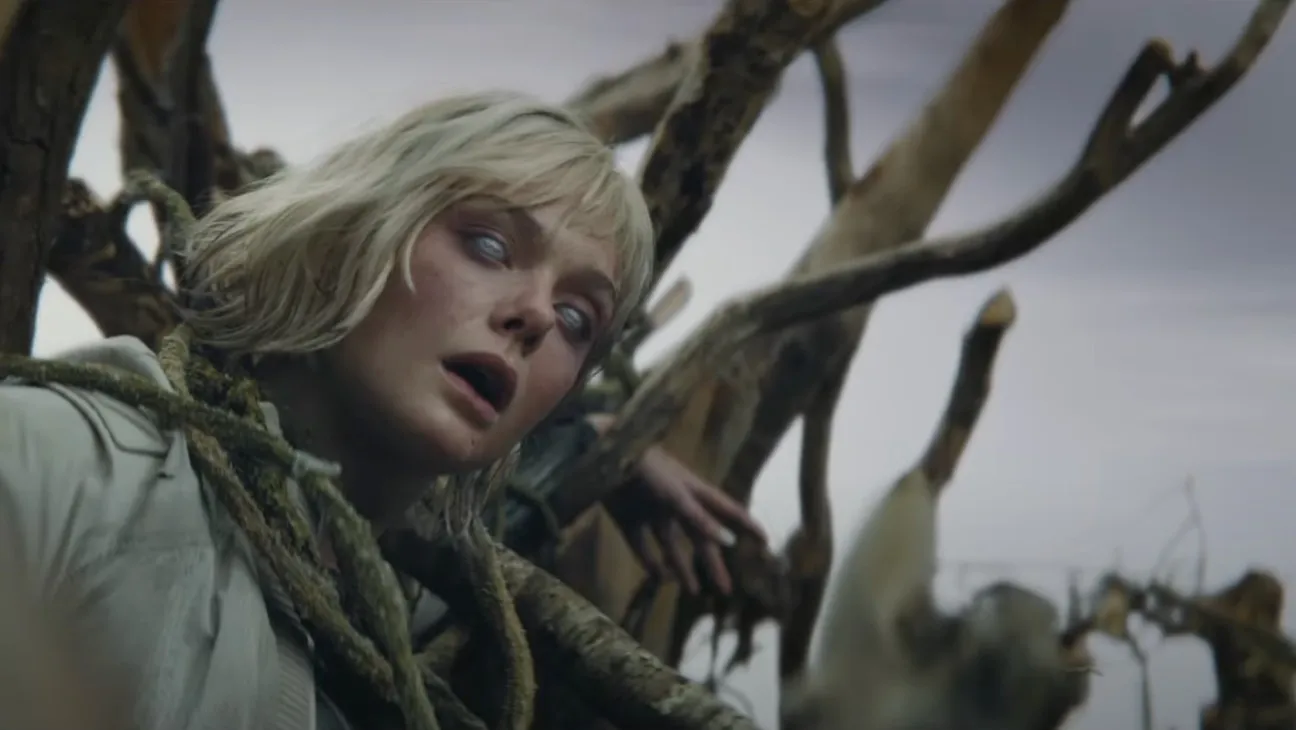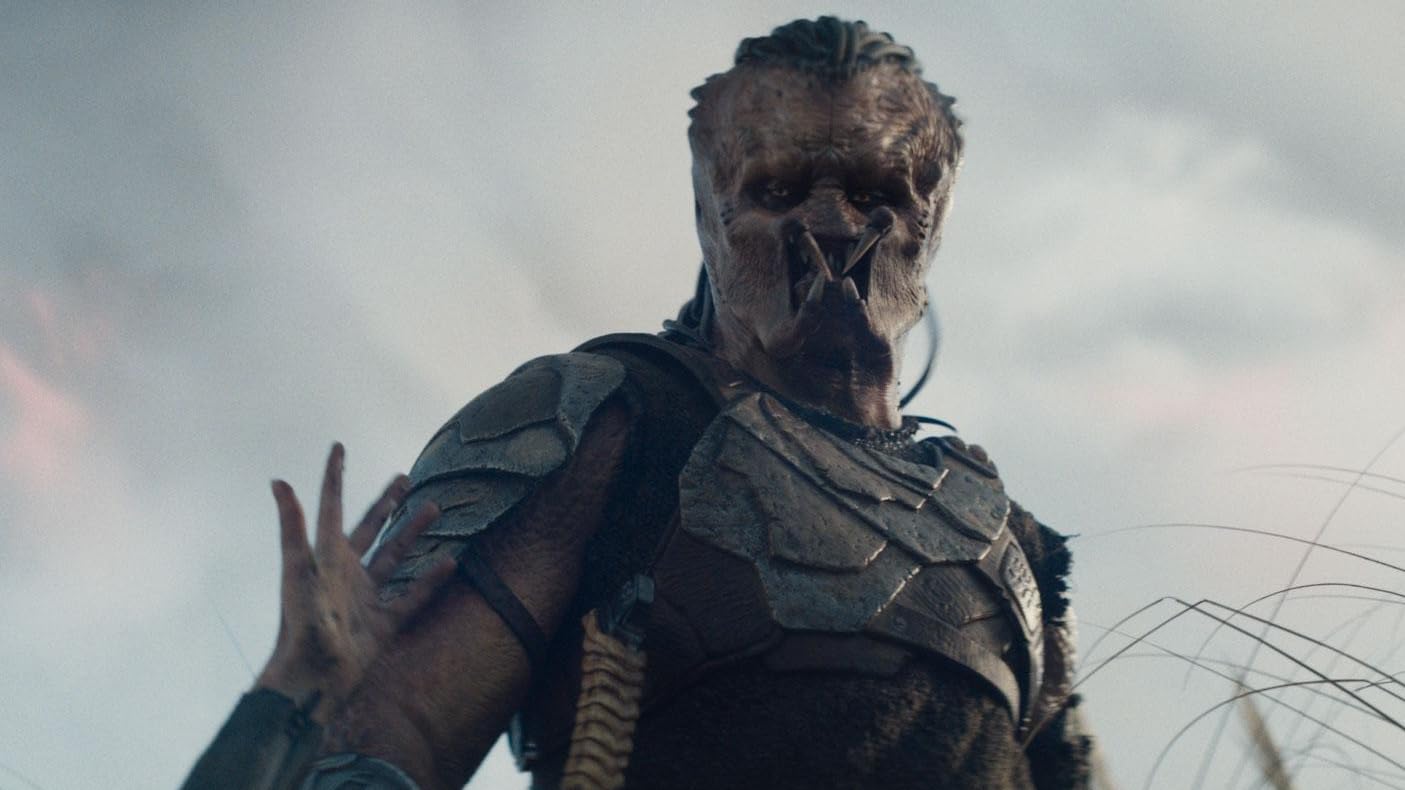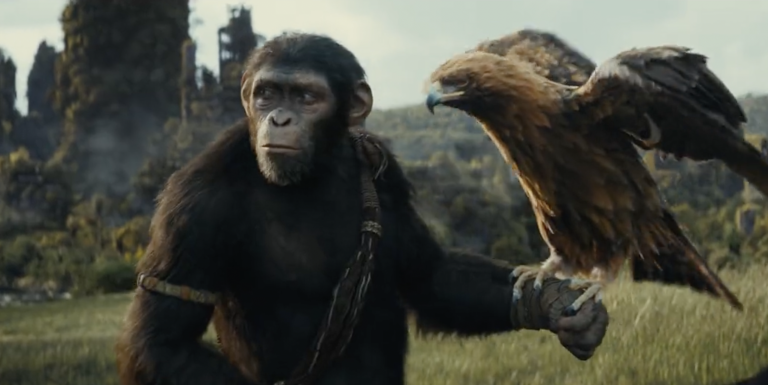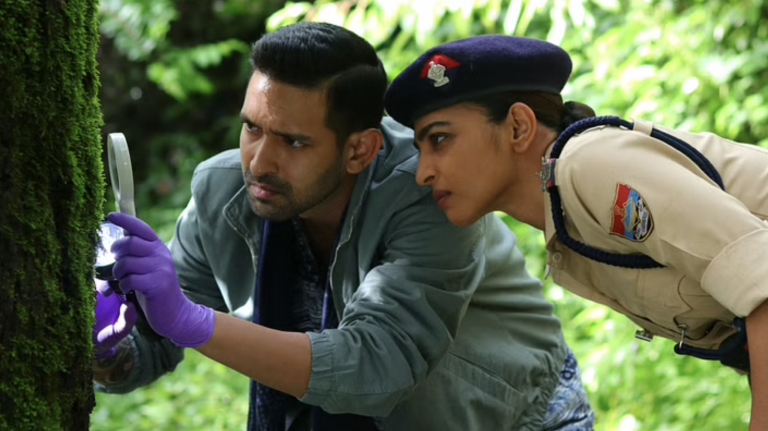As Dan Trachtenberg enters the third film in his sudden hunt for the perfect Yautja feature—a hunt that has so far come up with meager scraps barely escaping the proof-of-concept stage—his series of “Predator” films appears to be a longstanding contradiction. With each successive effort, Trachtenberg has attempted to find a new spin on the original jungle-bound Schwarzenegger vehicle to justify continued entries, and each new pitch has, until now, only really gone far enough to cement the fear that this whole franchise really works best as more of a stand-alone venture; a proud “Predator” film, like the Yautja itself, stands alone.
This philosophy, however, will come to be tested in “Predator: Badlands,” with somewhat surprising results as Trachtenberg’s increasingly hackneyed attempts to unify these one-and-done prospects result in the first of his entries that actually stands as a unified feature in itself. Where “Prey” and “Predator: Killer of Killers” barely existed beyond theoretical, beer-goggled “What if?” scenarios—what if a Predator landed in pre-colonial America? Or 9th-century Scandinavia? Or Feudal Japan?—“Badlands” will succeed by taking a more malleable position so obvious that it’s a wonder none of these films have even bothered with it yet: What if the Predator was the protagonist?
It’s an angle that, understandably, may prove somewhat challenging to embrace for viewers and filmmakers alike—what with the extremely limited lore and even more limited vocabulary of the Yautja—but Trachtenberg, after two prior attempts, has finally (one would hope) looked upon his favored alien not merely as a reflection of man’s own primal desire to prove himself, but a worthwhile conduit for exploring that idea on its own terms. And it all begins with an insecure muscle-brain with a ridiculous name.

His name is Dek (Dimitrius Schuster-Koloamatangi), and his obvious position as the runt of his clan makes for a laser-clad chip on his shoulder before even accounting for the fact that his own father would rather he be dead than live to shame the family. Dek’s brother Kwei, though, thinks somewhat differently, and while he has serious doubts about his younger brother’s capabilities, he still says the novice deserves his customary hunt to bring back a trophy and earn his invisibility cloak.
Also Read: 30 Best Sci-Fi Movies of the 21st Century
Dek’s overzealousness to prove his worth leads him to pick the unkillable Kalisk, residing on some planet where anything and everything is trying to kill you (think “After Earth” but less unintentionally hilarious), and Kwei pays the price for refusing to kill him with his own life. Now thirsty for the blood of the Kalisk as well as that of the father of the year, Dek crash-lands on Genna with nothing but a scant few tools and his own survival instincts.
That is, until he comes across a Weyland-Yutani synthetic named Thia (a torso-up Elle Fanning), who offers to help Dek track the Kalisk in exchange for aid in returning to her own expedition group. Aside from letting Weyland-Yutani act as the villainous force in yet another extraterrestrial franchise (does this finally make “Alien vs Predator” canon?), Fanning’s introduction brings “Badlands” to a crossroads where Dek must begin to rationalize any help he gets to achieve what’s supposed to be a solo mission for the sake of his honor.

This results in a few clever hacks on the part of writers Patrick Aison and Brian Duffield, as Dek quite literally views Thia as a tool rather than a person—basically the equivalent of a talking hunting knife. As “Badlands” begins to expand on this idea of a “found clan,” however, Trachtenberg risks drowning his efforts in levels of Sunday afternoon TV movie inanity that torpedoed the film’s two predecessors.
The introduction of some kind of alien monkey-pangolin thing as a cute sidekick initially threatens to fully derail the film, before offering Trachtenberg an opportunity to highlight the sort of callousness bred into these creatures to make them into what the prologue title cards call “prey to none, friend to none, and predator to all.” Where this opportunity then takes Trachtenberg is another matter, but its consequence to the paper-thin, weekend matinee-ready plot at least offers Fanning’s android more substantive breathing room outside her role of sucking the oxygen from the air with endless amusing diatribes. Wolf symbolism: it works every time!
Some of Trachtenberg’s back-to-basics ideas in the film’s climax hew far too closely to contrived schmaltz—bringing back every single obstacle Dek had encountered as a piece of his new survival gear, right down to a living makeshift shoulder-laser, is a bit much—but “Badlands” is the first of its loose trilogy to avoid letting the basics of its ideas come across as though he’s given up after the first sentence of the pitch.
If that means bringing Dek’s struggle down to a typical survivalist-infiltration quest through a greyed-out compound, at least Trachtenberg has the good grace to let Fanning’s chipper wit and Schuster Koloamatangi’s prosthetic-clad eyebrows share the brunt of that load. “Predator: Badlands” is doing nothing to reinvent its genre or its franchise, but for the first time since the director’s tenure donning the Yautja armor began, the thrill of the chase proves more than a fleeting whiff of a blood trail that leads nowhere.




![Mudbound [2017]: A Gritty, Hard-Hitting & Thought-Provoking Snapshot of American History](https://79468c92.delivery.rocketcdn.me/wp-content/uploads/2018/05/mudbound-768x432.jpg)



![The Severing [2022]: ‘Slamdance’ Review – Calisthenics that careen into tedium](https://79468c92.delivery.rocketcdn.me/wp-content/uploads/2022/01/The-Severing-Slamdance-768x576.jpg)